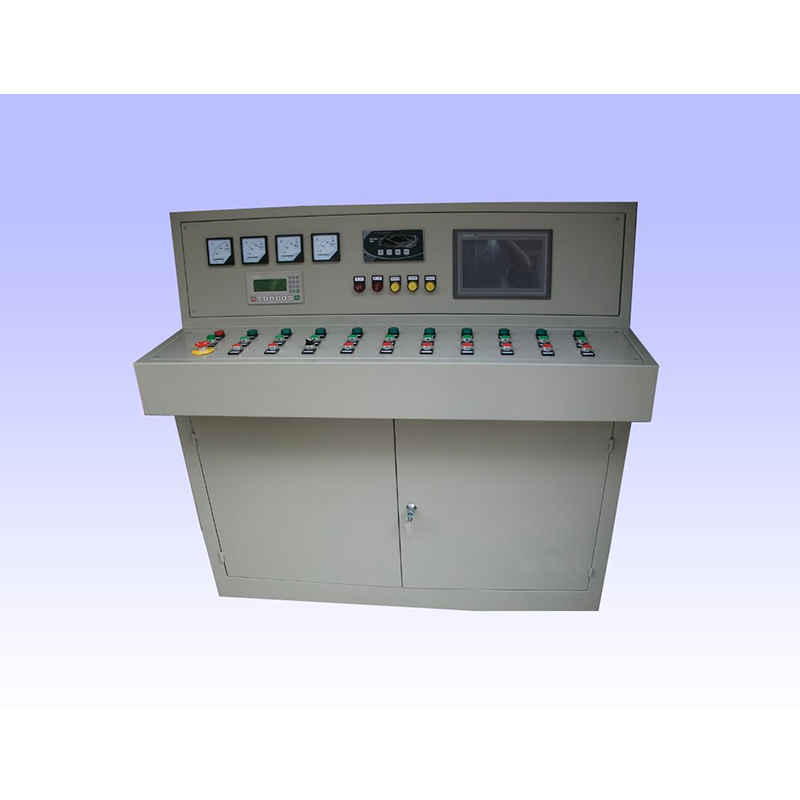
Nov . 22, 2024 05:38
Back to list
pressure reduction skid
Understanding Pressure Reduction Skids A Critical Component in Fluid Management
In the complex world of fluid management, pressure reduction skids play a pivotal role in ensuring safe and efficient operations across various industries. These skids, which consist of a framework that houses crucial components for pressure regulation, are essential in applications ranging from oil and gas production to water treatment and chemical processing.
What is a Pressure Reduction Skid?
A pressure reduction skid is a pre-packaged assembly designed to manage and reduce high-pressure fluid to a desired lower pressure. These skids typically incorporate pressure regulators, control valves, and gauges, all mounted on a standalone platform for ease of installation and operation. The primary objective of these skids is to help maintain optimal pressure levels throughout the system, thereby ensuring safety and efficiency.
Key Components and Functionality
The primary components of a pressure reduction skid include
1. Pressure Regulator This device automatically adjusts the flow of fluid to maintain a consistent pressure despite fluctuations in upstream pressure. It is critical for preventing potential over-pressurization that could lead to equipment failure or hazardous situations.
2. Control Valves Used to regulate the flow and direction of fluids within the system, control valves can be automated or manually operated based on the application requirements. Their integration into the skid allows for precise control over the process.
3. Pressure Gauges Monitoring pressure levels is essential for operational safety. Pressure gauges provide visual feedback, allowing operators to monitor system performance and respond to any abnormalities swiftly.
4. Piping and fittings These components facilitate the movement of fluids through the skid and connect it to the larger system. Proper sizing and selection of materials are crucial to handle the specific pressure and chemical properties of the fluid.
pressure reduction skid

Applications of Pressure Reduction Skids
Pressure reduction skids are widely used in a variety of sectors
- Oil and Gas Within the oil and gas industry, these skids help manage gas and liquid pressures during extraction and transportation, ensuring that equipment operates within safe pressure limits.
- Water Treatment In water treatment facilities, pressure reduction skids are employed to manage the pressure of incoming water to optimize treatment processes and maintain safety.
- Chemical Processing For chemical manufacturing, maintaining proper pressure is crucial for efficient reactions and product quality. Pressure reduction skids enable precise control in these sensitive processes.
Advantages of Using Pressure Reduction Skids
The use of pressure reduction skids brings several advantages to industrial operations. First, they enhance safety by preventing overpressure situations that could lead to catastrophic failures. Second, they improve operational efficiency by ensuring that pressure levels are maintained within optimal ranges. Additionally, skids are relatively easy to install and can be pre-assembled, saving time during setup.
Conclusion
In summary, pressure reduction skids are indispensable tools across various industries, designed to ensure safe and efficient fluid management. With their ability to regulate pressure, monitor system performance, and maintain operational integrity, these skids contribute significantly to the reliability and safety of fluid management systems. As industries continue to advance and evolve, the importance of efficient pressure management will only grow, establishing pressure reduction skids as a cornerstone of modern fluid handling technology.
Next:
Latest news
-
Safety Valve Spring-Loaded Design Overpressure ProtectionNewsJul.25,2025
-
Precision Voltage Regulator AC5 Accuracy Grade PerformanceNewsJul.25,2025
-
Natural Gas Pressure Regulating Skid Industrial Pipeline ApplicationsNewsJul.25,2025
-
Natural Gas Filter Stainless Steel Mesh Element DesignNewsJul.25,2025
-
Gas Pressure Regulator Valve Direct-Acting Spring-Loaded DesignNewsJul.25,2025
-
Decompression Equipment Multi-Stage Heat Exchange System DesignNewsJul.25,2025

